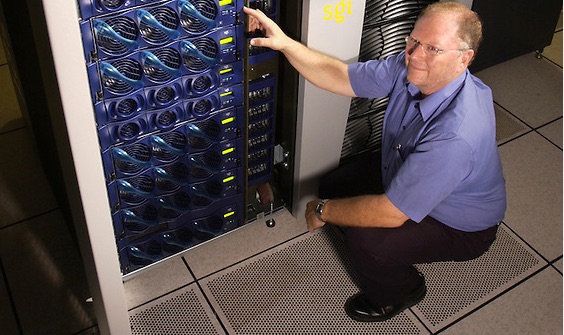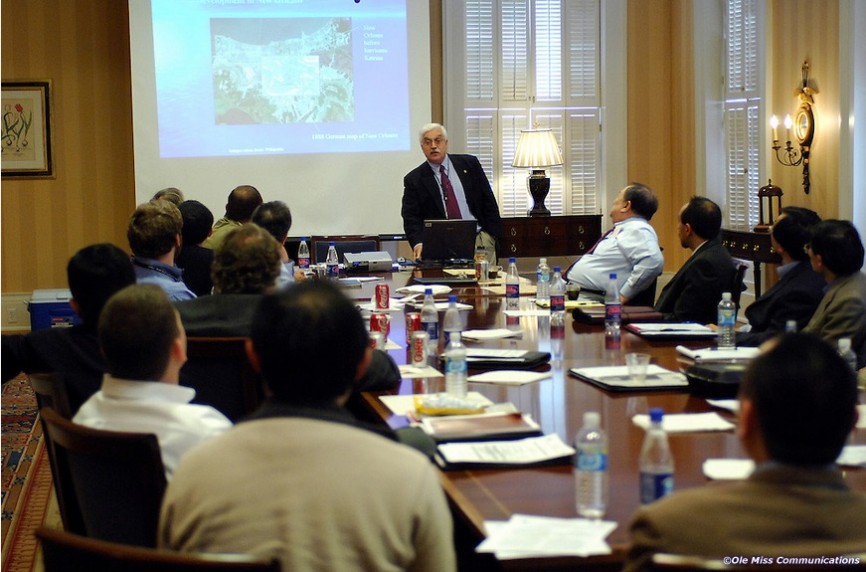Computational Modeling
Overview
Used to study a wide range of complex systems, Computational Modeling is the use of mathematics, physics and computer science to study the behavior of complex systems by computer simulation. We may not realize it, but applications of computational modeling are all around. For example, weather forecasting uses computer models that analyze and make predictions based on numerous atmospheric factors. Computer simulations are also used to model how the construction, composition, and motion of structures, and the surfaces on which they are built, interact to affect what happens during an earthquake. Computational modeling allows UM researchers to expedite research with simulated experiments in order to identify the actual physical experiments that are most likely to help find the solution to the problem being studied.
Modeling Solutions for Water Resources:
National Center for Computational Hydroscience and Engineering (NCCHE) fosters the growth of research in computational hydroscience and engineering with research and development activities covering a broad range of fields including watershed processes, channel network hydraulics, river morphology (meandering, bank erosion, etc.), flood analysis, dam break, sediment transport, water quality and pollutant transport, river training and restoration, and more. Since its establishment, NCCHE has earned international recognition related to the advancement of computational modeling and simulation of free surface flows, soil erosion, sediment transport and morphological processes in streams, reservoirs, and channel networks in watersheds. Software created at the NCCHE is helping emergency managers around the nation in making informed decisions on evacuation plans in real time and is being used by agencies such as the Headquarters and District offices of the U.S. Army Corps of Engineers, including the Vicksburg District and the USACE Engineer Research and Development Center, as well as the Mississippi Department of Environmental Quality, and the Department of Homeland Security Dams Sector Branch.
Enabling University Research Around the State For Over 25 years:
The Mississippi Center for Supercomputing Research (MCSR) was established by the Mississippi legislature in 1987, and given the mission to provide high-performance computing support to all the campuses governed by the Board of Trustees of State Institutions of Higher Learning. The center has attracted researchers to Mississippi, enabled Mississippi researchers to conduct research on a much higher plane, and helped them to garner research money for graduate students and equipment. Today, MCSR continues to enhance both the instructional and research climates for all IHL institutions.
Nationally Recognized Program in Pultrusion Researh:
The Composite Materials Research Group (CMRG), emphasizes an interdisciplinary research approach to optimization of manufacturing process parameters, development of natural fiber reinforcements for the pultrusion of composites, development of new resins for pultrusion, effects of fillers and other additives on the processing and properties of pultruded composites, high frequency electromagnetic (EM) characterization of materials, and computational modeling of the pultrusion resin injection process. CMRG works with the National Science Foundation, the U.S. Air Force, Martin Marietta, NASA, U.S. Department of Agriculture, the Electric Power Research Institute, and numerous companies in the composite industry.



